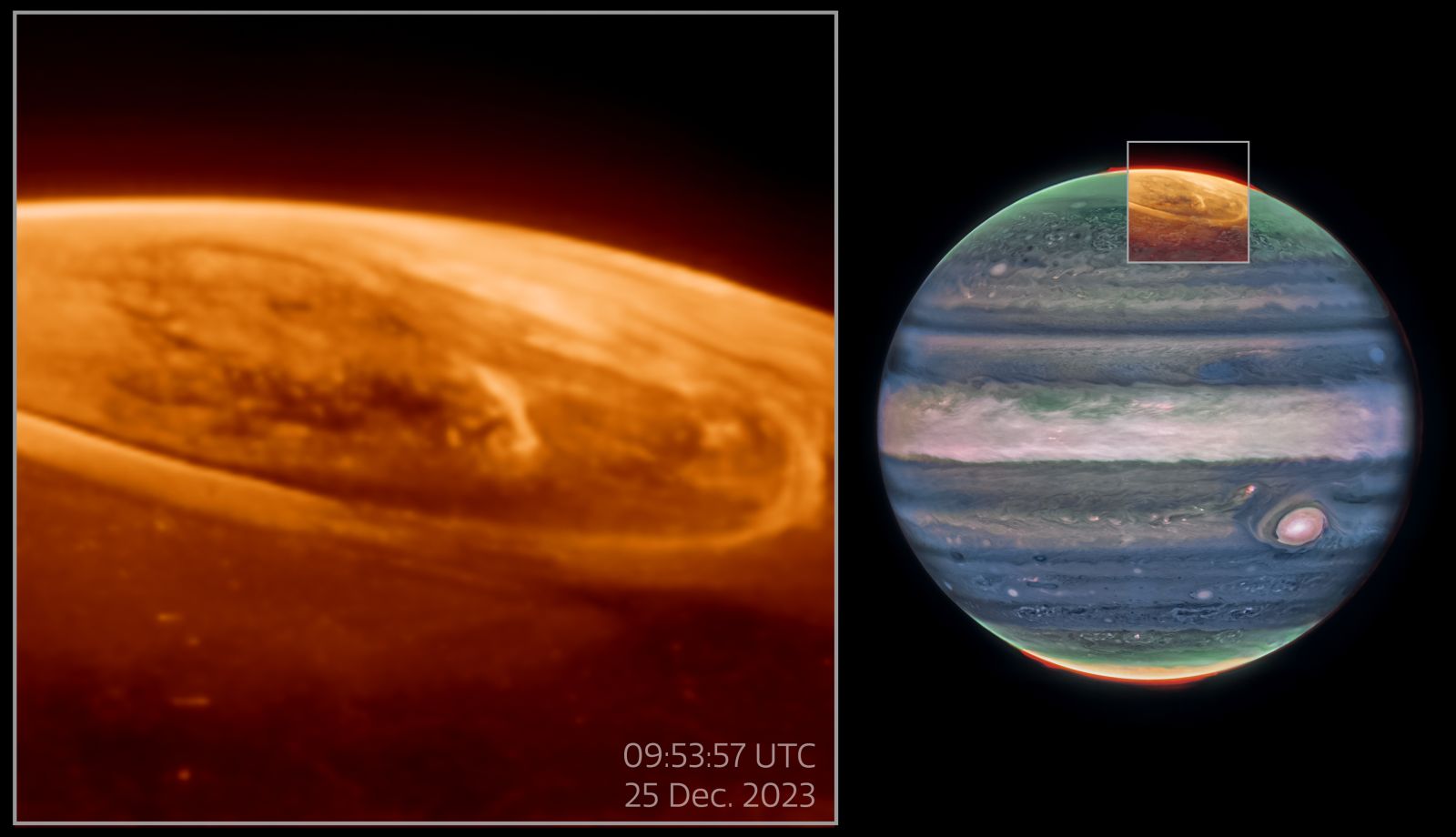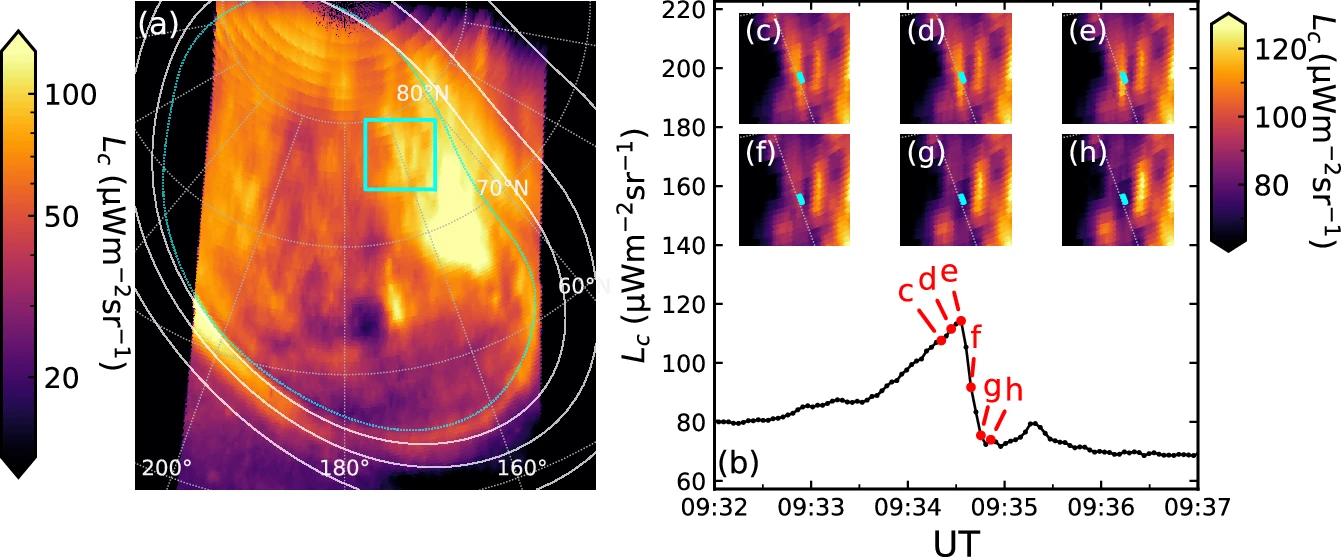Jupiter's auroras as never seen before 🔭
Follow us on Google News (click on ☆)

Combined observations from Webb and the Hubble telescope have revealed surprising differences in light emissions. Some of the brightest lights detected by Webb have no equivalent in Hubble's data. This discrepancy raises new questions about the mechanisms at work in Jupiter's atmosphere and the nature of the interacting particles.
The research team, led by Jonathan Nichols, was particularly surprised by the speed of the observed changes. Jupiter's auroras can vary in intensity within seconds, a phenomenon that challenges current models of planetary aurora understanding. These observations could also shed light on heating and cooling processes in Jupiter's upper atmosphere.
The next steps in this research include additional observations with Webb and comparisons with data from the Juno probe. These studies could help solve the mysteries posed by the latest discoveries and provide a better understanding of the dynamics of Jupiter's auroras. The results of this work have been published in Nature Communications, marking a significant advance in the study of giant planets.
How do auroras form on Jupiter?
Auroras on Jupiter, like those on Earth, are the result of the interaction between charged particles and the planet's magnetic field. However, Jupiter has an extremely powerful magnetic field, the strongest in our Solar System, which captures particles not only from the solar wind but also from its moons, particularly Io.
These particles, accelerated to high speeds, collide with molecules in Jupiter's atmosphere, producing light emissions. Unlike on Earth, where auroras are mainly visible near the poles, Jupiter's can cover much larger areas due to the size and strength of the planet's magnetic field.

a) Image of the light emitted at 09:34:20 UT, with an area of interest framed in cyan, measuring approximately 4,400 miles (7,100 km). The bottom of the image corresponds to the 180° longitude of the reference system.
b) Curve showing the evolution of the light measured in the cyan area over time.
c–h) Series of images showing the observed changes in this area during the event, with red dots indicating key moments.
What role does Io play in Jupiter's auroras?
Io, one of Jupiter's moons, is known for its intense volcanic activity. These volcanoes eject material into space, creating a plasma torus around Jupiter. This plasma is rich in charged particles that are captured by the planet's magnetic field.
Once captured, these particles are accelerated along the magnetic field lines toward Jupiter's poles, where they interact with the atmosphere to produce auroras. This process adds an additional source of energetic particles to those from the Sun, contributing to the intensity and complexity of Jupiter's auroras.